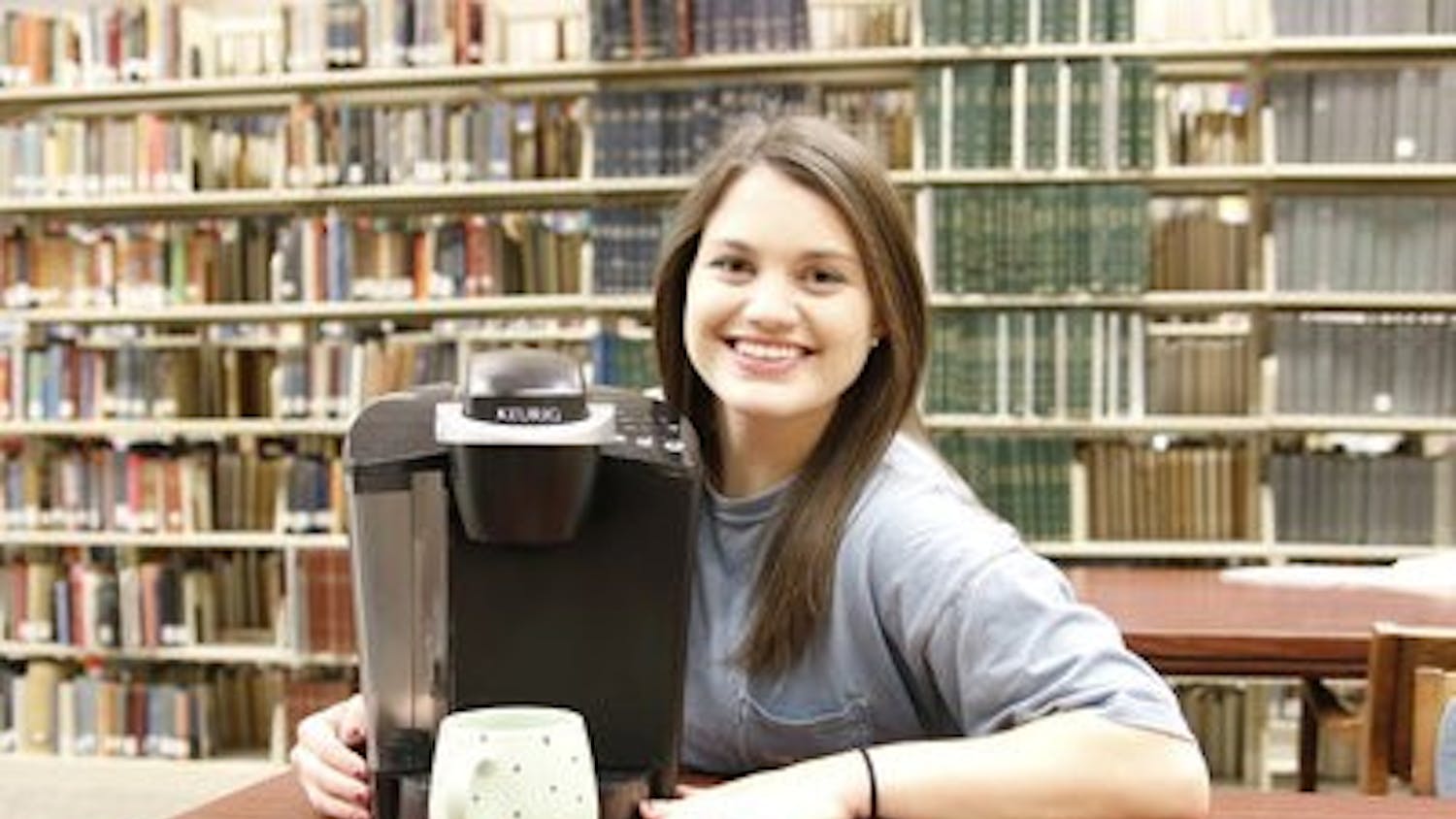Digging into family history and exploring how it relates to a person is important in discovering oneself, according to artist Cynthia Farnell.
Farnell, originally from Birmingham, graduated from Auburn in 1992 and attended the Rhode Island School of Design from 1999-2001.
Farnell is now an artist and director of the Welch Galleries at Georgia State University in Atlanta.
Farnell said she has always been interested in art. She said her parents were very encouraging, providing her with private lessons and museum trips.
According to Farnell, her teachers at Auburn also impacted her love of art.
"One of my first teachers at Auburn, Allyson Comstock, was my mentor when I was younger, and she made me think that it was possible for me to become an artist," Farnell said.
Comstock said Farnell is a talented artist whose work deals with important topics such as memory and transcultural identities.
Farnell said she figured out she wanted to consider art as a profession in high school, when she started to recognize other artists.
"(Art) keeps me engaged with the world and what's going on in it," Farnell said.
The best part about being an artist, Farnell said, is there is always a new project to work on, never leaving her bored.
Farnell said another high point for her is engaging with students and people who come to see her exhibits.
According to Farnell, having a job in education and being an artist at the same time can be difficult. Farnell said she is fortunate because her job supports and encourages her art.
However, Farnell said being an artist can be frustrating because of the financial considerations. She said her projects cost money, and she is not always compensated.
Another challenging aspect according to Farnell is the strains on relationships. She said art is time consuming, and not everyone understands the work put into each project.
For her projects, Farnell said she doesn't use one specific style.
"I don't think of myself as having a style or trying to have one," Farnell said.
However, Farnell said she has gravitated toward photography.
"Art can be intimidating, but most people have a relationship with photography," Farnell said.
According to Farnell, everyone speaks the language of photography.
"I use that medium because it's more of a bridge with the audience," Farnell said. "I want to make them comfortable."
Farnell has placed her art in exhibits in non-traditional places, such as houses and a state park.
Lately, Farnell said older photographs and their stories inspired her.
Her most recent exhibit "Ancestors," which was featured in Biggin Gallery, came about when Farnell saw a statue of a Roman man with masks with his ancestor's faces in his hands.
Farnell said the statue made her think about her collection of family photographs.
"I wanted to think abut how the stories of my ancestors impacted who I am," Farnell said.
The exhibit featured pictures and symbols of her ancestors and their stories.
"It was a powerful show that dealt with its subject matter through the objects and projections," Comstock said.
Audience member Mary Wetzel, senior in art, said the exhibit was easy to relate to, and had a sense of story to the art.
Farnell said each project requires a lot of research, but she keeps a timeline to help make sure she doesn't spend too much time on one project.
"It's not always easy," Farnell said. "Sometimes it brings up uncomfortable feelings if you're exploring things that are troubling and meaningful at all."
Farnell said she does not consider herself a Southern artist, but being raised in the South definitely influenced her art and made her who she is.
Do you like this story? The Plainsman doesn't accept money from tuition or student fees, and we don't charge a subscription fee. But you can donate to support The Plainsman.



